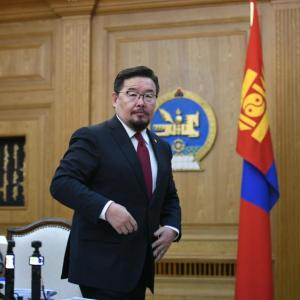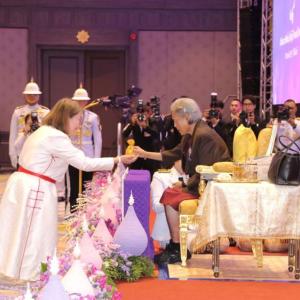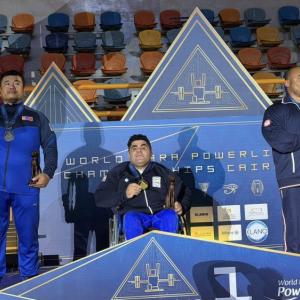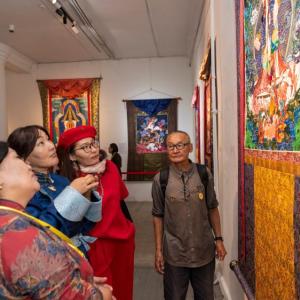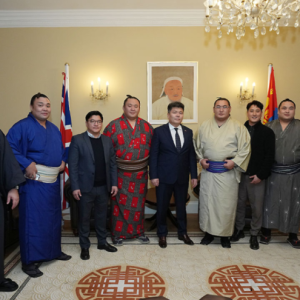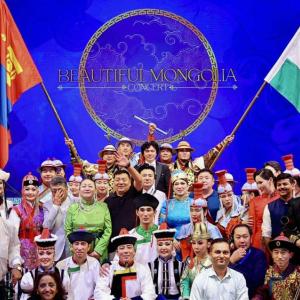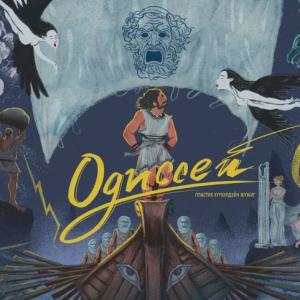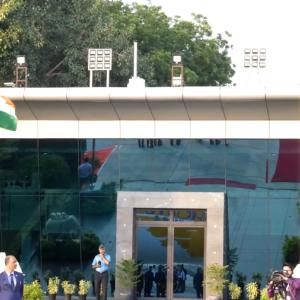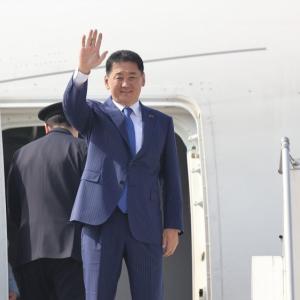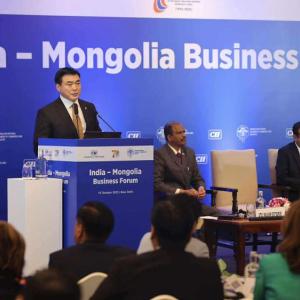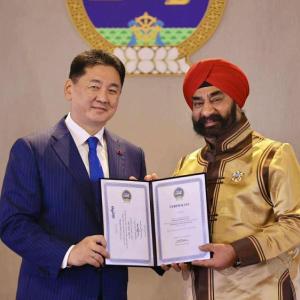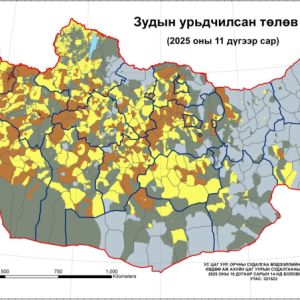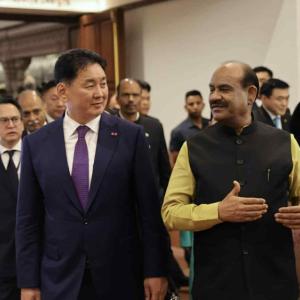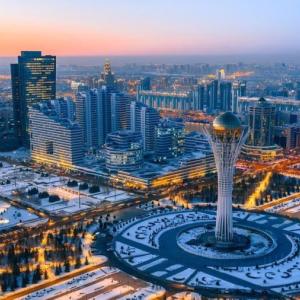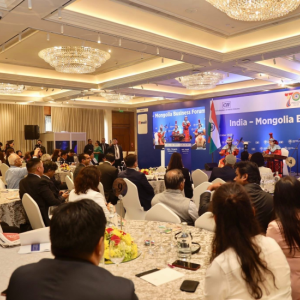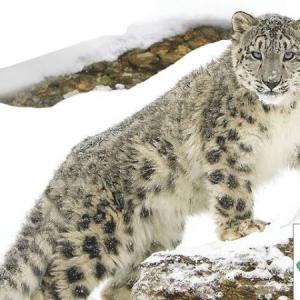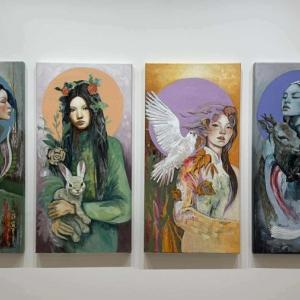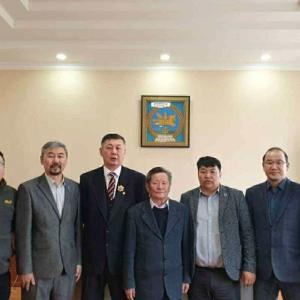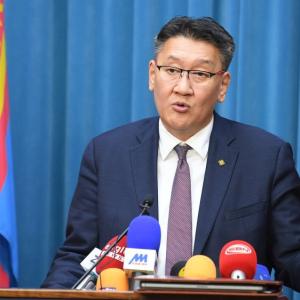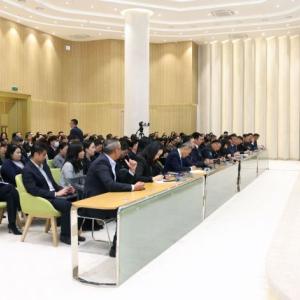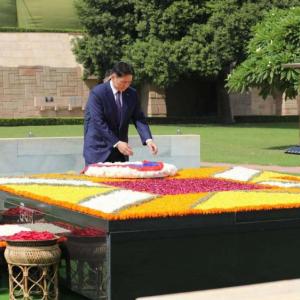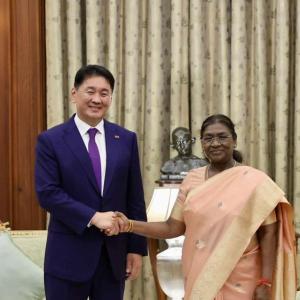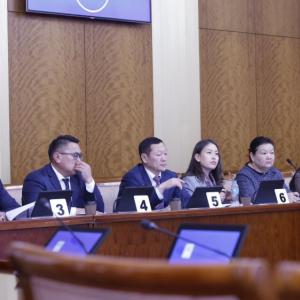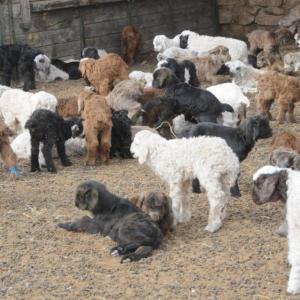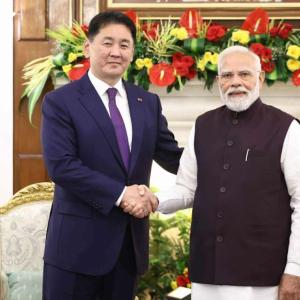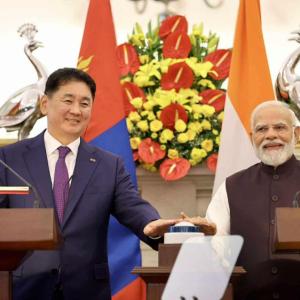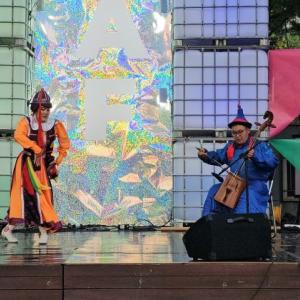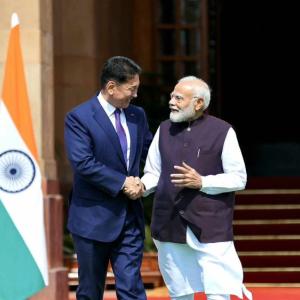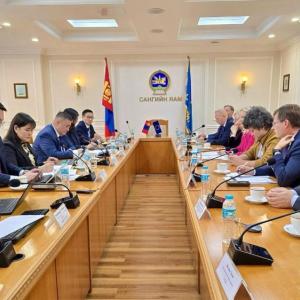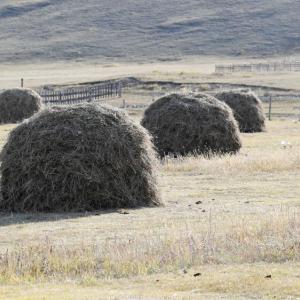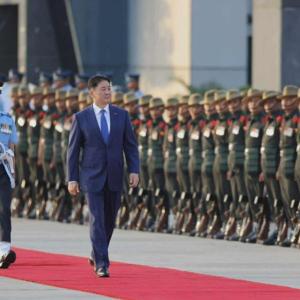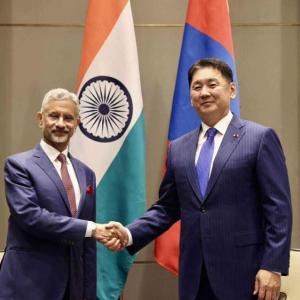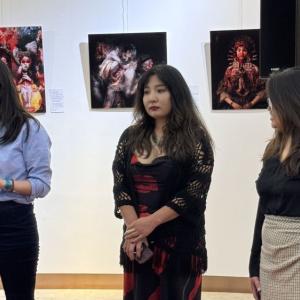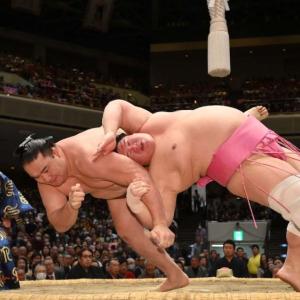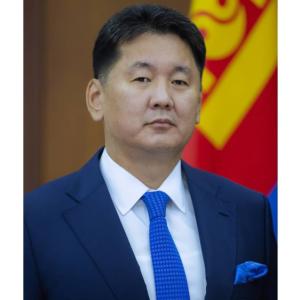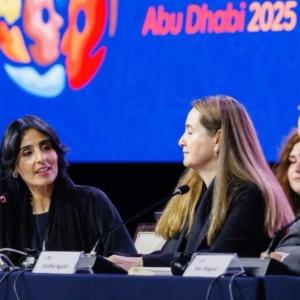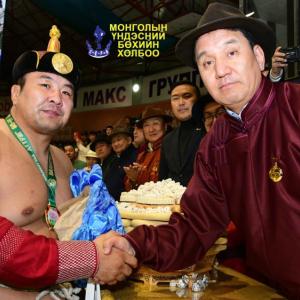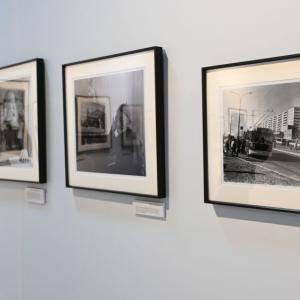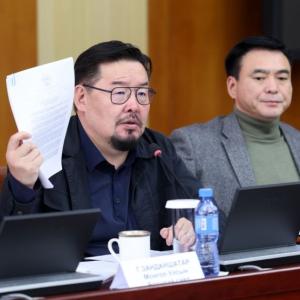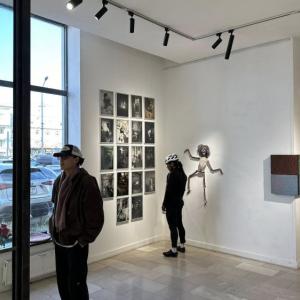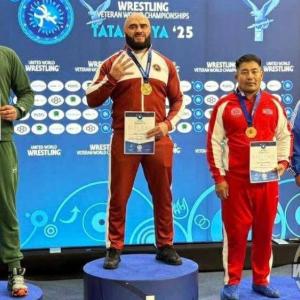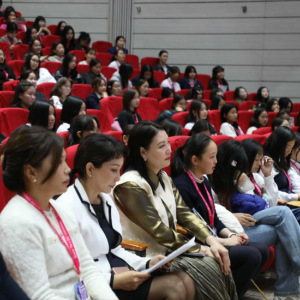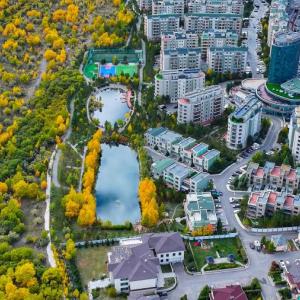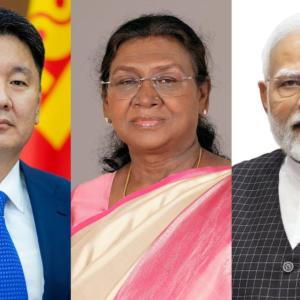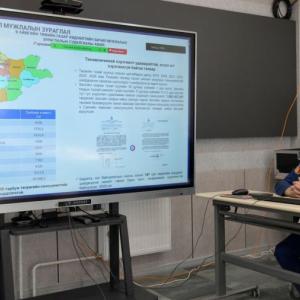The First Mongolian Actress to Create the Role of a Main Character in Hollywood Film
The Mongol Messenger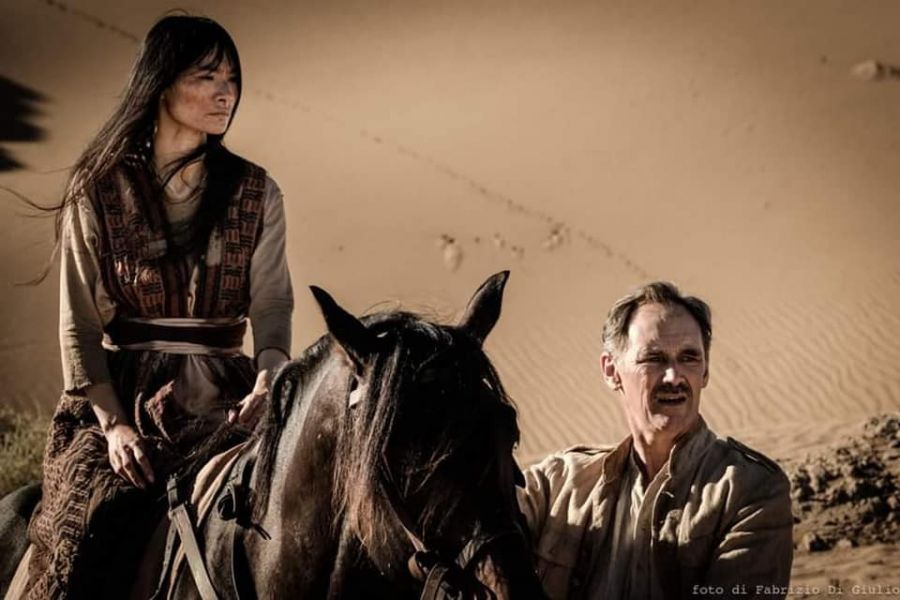
Ulaanbaatar /MONTSAME/.
Despite the placing of quarantine throughout the world due to the COVID-19 pandemic, it recently became clear that those in the field of performing arts have definitely not sat around doing nothing. As a result, some movies that were filmed for years were premiered for the audience all around the world. ‘Peninsula’, ‘Alive’, ‘Mulan’, ‘Tenet’, ‘The New Mutants’--the list goes on. From the movies, the one that had the highest expectations was ‘Waiting for the Barbarians’. Adapted from the Noble award-winning novel written by South African-born author John Maxwell Coetzee, the film was directed by two-time Cannes Festival award winning director Ciro Guerra. Oscar-winner Mark Rylance, Johnny Depp, and Robert Pattinson who became well known through his roles in Twilight and Harry Potter and the Goblet of Fire played the film’s main characters.
The film was officially premiered in Mongolia on August 20. The female lead character was created by B.Ganchimeg (Gana Bayarsaikhan), and she was cast by the man himself - the author of the novel, ‘Waiting for the Barbarians’, J.M.Coetzee. Alongside the actress, State Honored Actor P.Tserendagva, D.Gursed, and up-and-coming actor G.Dulguun-Erdene also created supporting roles. In the film, a total of 14 Mongolian actors and performers were involved in the entire cast of the film including main and supporting characters as well as extras. ‘Black Stallion’ production worked on the film from the Mongolian side. In addition, the language of the natives in the film was also decided to be Mongolian.
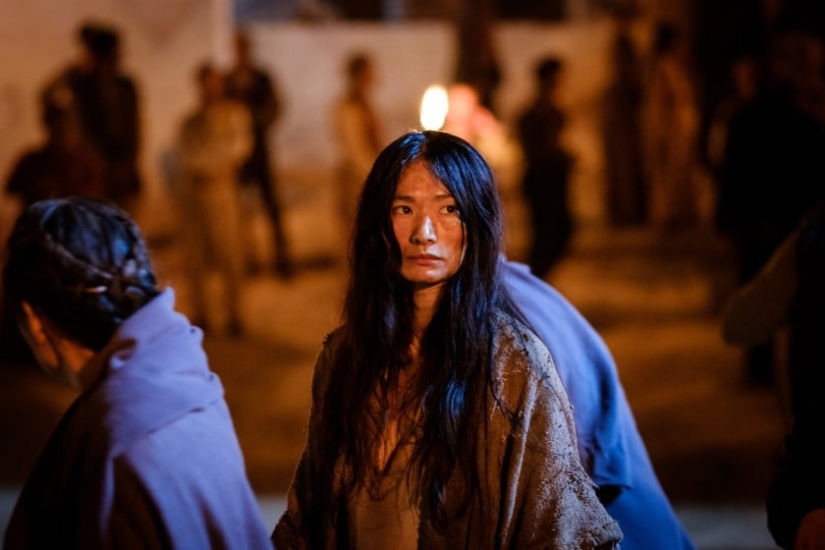
Born and brought up in Ulaanbaatar city, actress Gana Bayarsaikhan always liked to let her imagination roam free about the plot of a book she read or a film she watched from a very young age. Her habit of looking deeper into things and reimagining them had an impact on leading her to a career in performing arts. Having started a career in modelling, she soon had opportunities for commercials and music videos, increasingly requiring her to have a certain level of acting skills. That was how she took her first step in entering the scene.
Prior to her role as the native girl in the film, ‘Waiting for the Barbarians’, Gana had several supporting roles in Hollywood movies. She created various roles such as one of the Amazonians in the superhero movie, ‘Wonder Woman’, a female robot in the 2014 sci-fi movie ‘Ex Machina’, a skilled hacker named Tuva Olsen in the 2020 TV series, ‘Intelligence’, Sokushitsu in the short film, ‘Mad Lord’, inspired by the famous Japanese film director Akira Kurosawa’s ‘Throne of Blood’, Lady Li in the famous UK TV series, ‘Peaky Blinders’, and Nikita Hayashi in the crime film, ‘Three Dots and a Dash’. She caught the most attention from directors as well as the audience with her role as Khutu in the film, ‘In The Name of Ben Hur’, which takes place in Ancient Rome.
Among her roles, one of her best achievements so far would have to be her role as the native girl in the film, ‘Waiting for the Barbarians’, she mentioned in an interview she gave for the English magazine Glass. She has also said in another interview, “In my heart, I am a Mongolian – a modern nomad and will always be such in the future.”
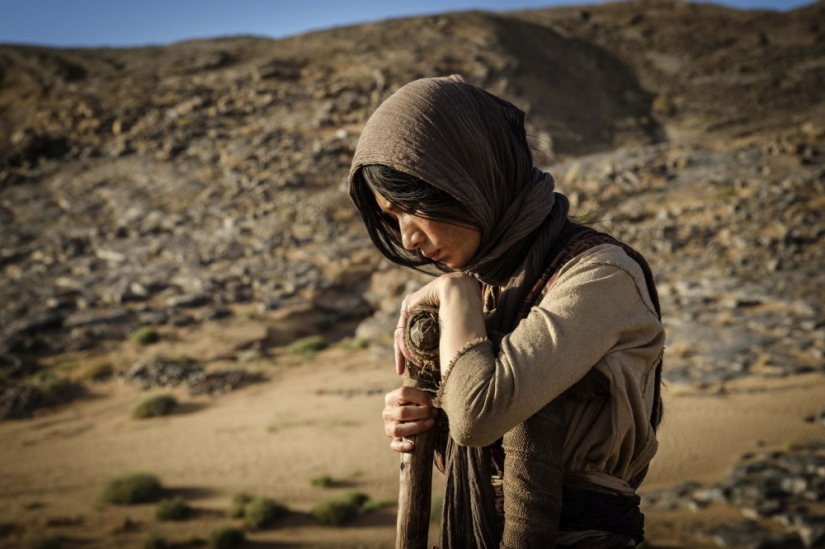
From a bystander viewpoint, we can see that she continuously learns new things and always puts in all her efforts in bringing a character to life in all of the films she has acted in. In this sense, she also researched the character of the Girl in Waiting for the Barbarians from many sides, thoroughly reading the novel. As she spent her early childhood with her grandmother in the countryside, she also reminisced about the time she spent in the countryside as she had to reconnect with nature and the environment while playing her role in the film. That must have been how Gana skillfully brought the character that felt close to her heart.
In the scene where she stands near the horses in the midst of a desert storm, humming in the manner of shurankhai (a part of Mongolian national long song genre) without being bothered by the strong winds at all, we could feel the strong hearts of the natives as well as their bravery and persistence through any challenges they face. On the other hand, it is exactly in this scene where we as the audience are able to see the skills and the intricate relationship with nature that only Mongolian actors are able to depict.
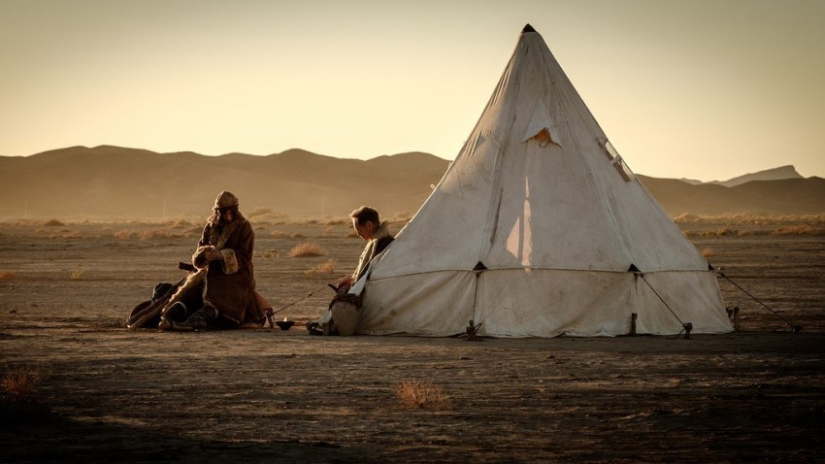
There were “barbarians” in all countries. “But who are the ones that are the real barbarians?” is what the film tries to find an answer to. Based on the character of the native girl created by Gana Bayarsaikhan, it finds the answer. The supporting characters created by State Honored Actor D.Gursed and G.Dulguun-Erdene could also be assumed that they were specifically created in order to lead the audience to the answer. Along with State Honored Actor P.Tserendagva creating the role of the leader of the nomadic barbarians, the group speaks in Mongolian in the film. Despite his cold facial expression and harsh exterior, as the audience we get to learn that there is nothing “barbaric” about the leader as he receives an injured native woman and sends back the village governor that brought her to them.
From all this, the Waiting for the Barbarians is definitely one of the works that look for an answer to the age-old questions, “Were barbarians truly a group of people that we should have been scared of?” and “Is it right to be scared of oppressors?”, revealing the crass and vulgar side of civilization as well as the tyrannic side of colonists through an artistic method. The particular topic was also previously covered by some writers, such as Greek poet Constantine Cavafy with his poem, ‘Waiting for the Barbarians’, and French writer Stendhal with his novel, ‘The Charterhouse of Parma’.
Through the Facebook page of Black Stallion production that worked together from the side of Mongolia in the filmmaking process, top Latin American film director Ciro Guerra, Oscar winning actor Mark Rylance, and producer Michael Fitzgerald sent video greetings for the Mongolian actors and audience. “Without the help of the production and all the Mongolian actors, we wouldn’t have our film,” said Michael Fitzgerald in the video. This statement alone explicitly tells us about the importance of Mongolian actors participating in the film. And the first one to be bestowed such honor would have to be actress Gana Bayarsaikhan, without a doubt.
B.Altankhuyag
 Ulaanbaatar
Ulaanbaatar






